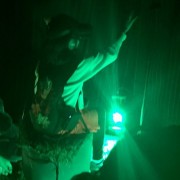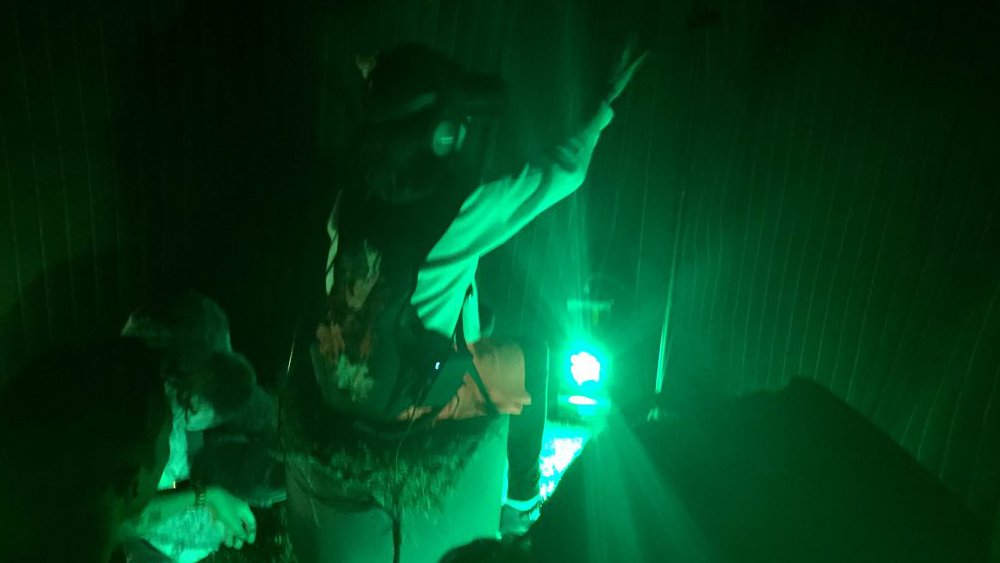Transporting Visitors to Tribeca into the Heart of the Turning Forest
How do you stand out amongst 50 virtual reality experiences jostling for attention in a crowded, noisy, shiny modern gallery? This was our challenge when we showcased a BBC R & D/VRTOV Virtual Reality experience at Storyscapes, the Tribeca Film Festival’s VR fest.
No-one likes queuing but it’s an unavoidable reality when it comes to visiting theme parks. Even the most innovative, modern venues haven’t solved this problem.
But maybe there’s a good reason not to. When you’re standing in line, drumming your fingers, trying to stop the kids from sending you slightly mad, you are already part of the Ride experience. You may not have stepped on to the rollercoaster yet, but your mind and body are anticipating the thrill to come. As you get closer to the front, you’re primed, ready to throw yourself over the brink, to fully submit to adrenalin heaven.
So how do you create that same mindset when presenting a VR experience? This was our challenge when we showcased a BBC R and D/VRTOV Virtual Reality experience at Storyscapes, the Tribeca Film Festival’s VR fest in April. The installation was one of 50 Virtual Reality experiences jostling for attention in a crowded , noisy, shiny modern gallery. Our task was to – almost instanteously – transport visitors to a world of fantasy forests that would trigger memories of childhood adventure. And to create a near sound-proofed space in which they could let their imaginations fly and become fully immersed in our VR story.
For this was one thrilling VR story. Written by Shelley Silas with binaural sound design from Eloise Whitmore and Chris Pike and VR from internationally-renowned VR artist, Oscar Raby, the Turning Forest took the audience on a journey through a magical wood – home to a friendly monster, with musical teeth, that you play by reaching out and plucking them.
The story deserved the most effective, evocative sound-proofed scene-setter we could dream up. Within (a small, BBC-sized) budget. Built in New York but procured from a UK backwater with minimal broadband. And in less than a month. No pressure then.
After several iterations and phone and internet bashing to wring out the best deals, we ended up with a beautiful bivouac-style tent. On to a strong domestic pergola (from China via Kmart) we draped acoustic blankets (think very thick duvets) and topped them with yards of autumnal camouflage netting with red, ochre and brown leaves intertwined. Inside there was a carpet of fake grass and small grassy swivel stools to sit on. With smells of the forest – created by the BBC’s Zillah Watson’s children – it was an almost fully sensory experience. Vibrating backpacks tuned to the pitch of the monster’s movements took the audience one step closer to total sensory immersion (perhaps we should include a Heston Blumenthal contribution next time?)
Grander plans had come and gone: Spiraling cones, leading to dark sound-proofed centres, mirrors and odd-shaped rooms to create the sense of the space getting smaller while the visitor gets bigger and igloo-style structures made of rolled acoustic blankets.
But it worked. And the audience left with that wide-eyed stare of awe we’d hoped for.
And I’m looking forward to the next opportunity, when we can pull out those big plans and create the most immersive experience ever imagined.


